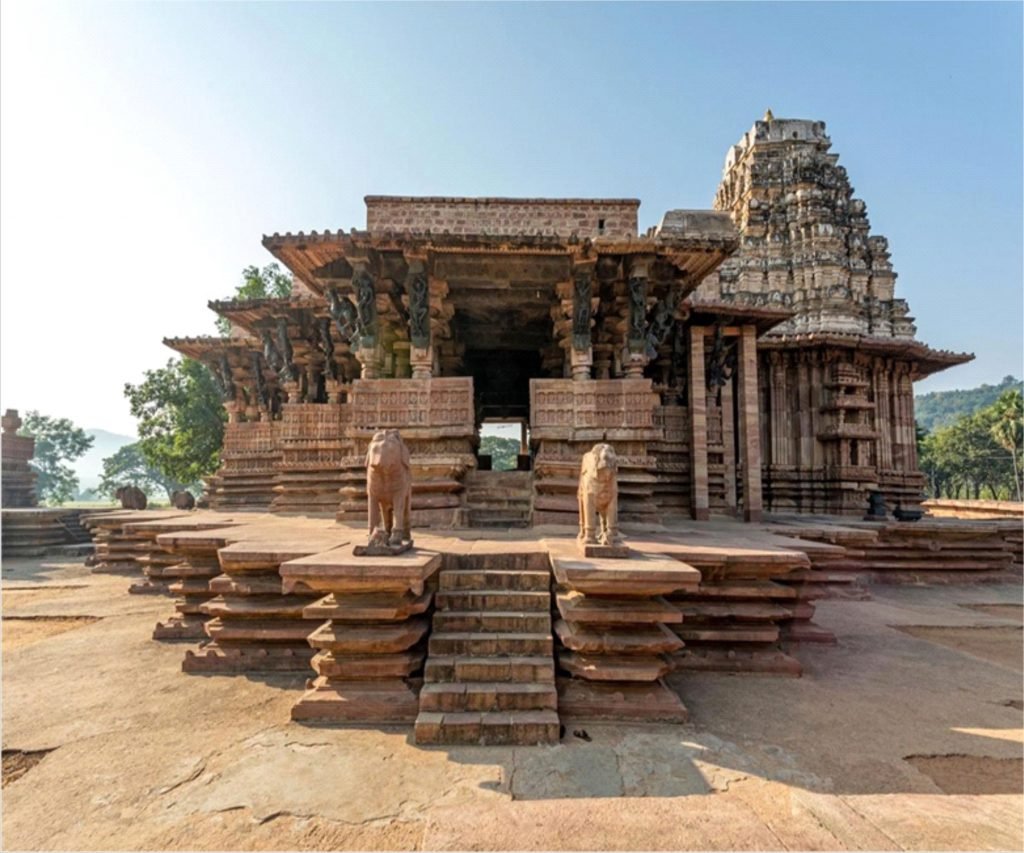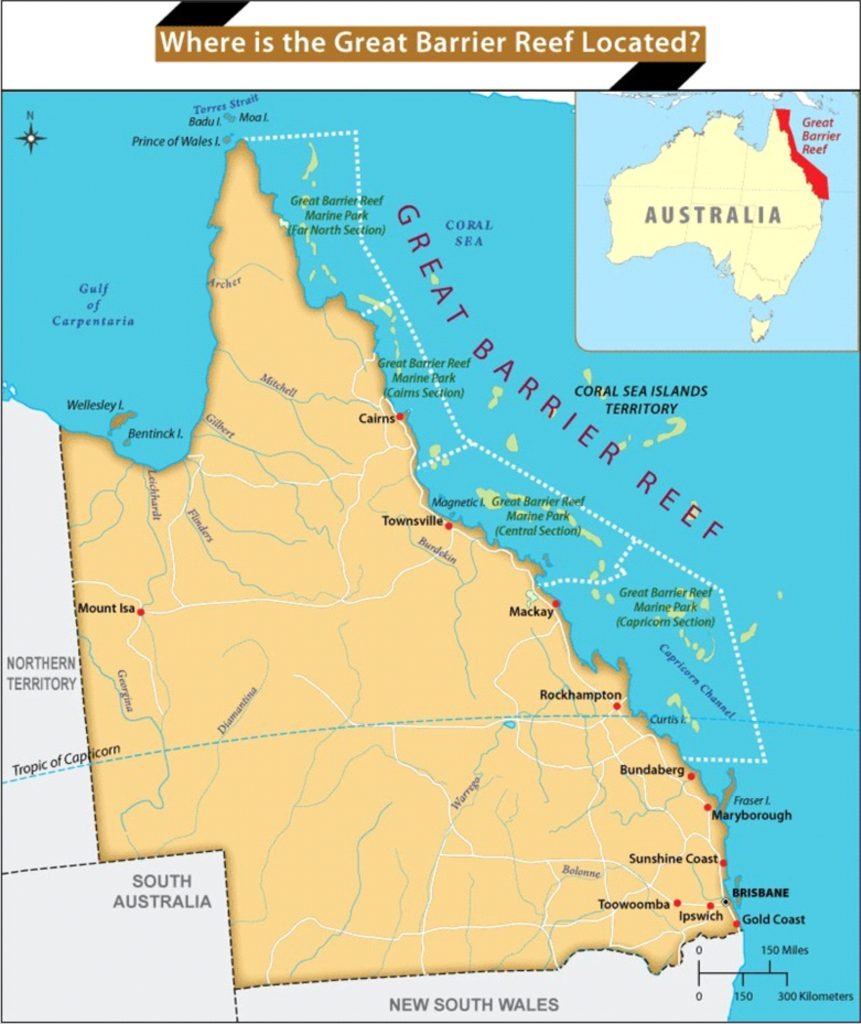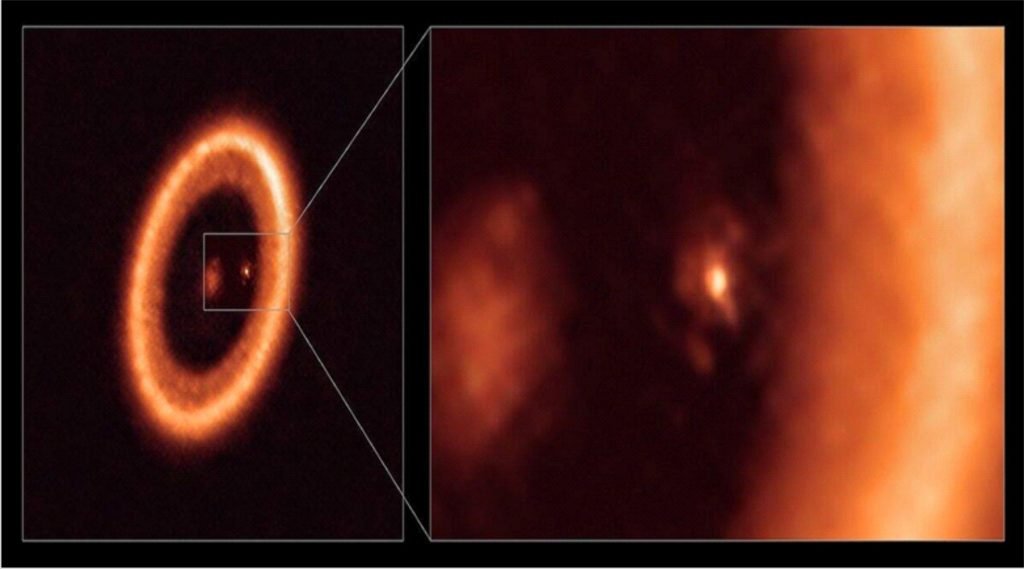Current Affairs (26th July 2021)
Ramappa temple
Context:
- In a major diplomatic triumph, the 13th century Ramappa temple in Palampet, Telangana was inscribed as a UNESCO World Heritage Site.
- At the ongoing online meeting of the World Heritage Committee (WHC) in Fuzhou, China, the decision was reached after a consensus, with Norway opposing the inscription while Russia led an effort for the immediate inscription of the temple.
About:
- The nomination for a World Heritage Site for the Ramappa and Kakatiya temples was made in 2014. The site was in the reckoning for inscription in 2020 but the WHC meeting was delayed by the COVID-19 pandemic.
- Built by Racherla Senapati Rudrayya, a general of Kakatiya king Ganapatideva, in the 13th century, the main temple is flanked by the collapsed structures of the Kateshwarayya and Kameshwarayya temples in Palampet, about 220 km from Hyderabad.
- The temple, known for its exquisite craftsmanship and delicate relief work, is savvy blend of technical know-how and materials of its time.
- The foundation is built with the “sandbox technique”, the flooring is granite and the pillars basalt.
- The lower part of the temple is red sandstone while the white gopuram is built with light bricks that reportedly float on water. An inscription dates the temple to 1135 Samvat-Saka on the eight day of Magha (January 12, 1214).
- Earlier, the International Council on Monuments and Sites (ICOMOS) cited nine shortcomings at the site after an initial visit in 2019, but recently a majority veered round to India’s view about the site’s outstanding universal value.
Consensus and conflict:
- India had mounted a diplomatic offensive to ensure the World Heritage Site status for the Ramappa temple by reaching out to other countries whose representatives were to vote on the proposal.
- At the WHC session, Russia invoked Rule 22.7 allowing India to make a statement after ICOMOS made its decision known to defer the examination of nomination.
- Russia, backed by 17 other countries, forced the amendment to reach a consensus. India won the consensus with Ethiopia, Oman, Brazil, Egypt, Spain, Thailand, Hungary, Saudi Arabia, South Africa, Ethiopia and others backing its case for inscribing the site.
- Norway was the only country which opposed the move citing ICOMOS’s conclusion. An amendment to the boundaries of the site saw a lot of debate with Norway demanding major changes while the other countries wanted minor changes to the boundary.
- According to the temple priest, some of the iconography on the temple was damaged during the invasion of Malik Kafur in 1310. Treasure hunters vandalised the rest.
- But the biggest test for the temple was an earthquake in the 17th century (one of the biggest was that of 7.7-8.2-magnitude on June 16, 1819). The flooring was rocked by the waves, while the pillars and vertical structure stayed intact because of the sandbox technique used in its construction.

Great Barrier Reef
Context:
- Australia has garnered enough international support to defer an attempt by the United Nations’ cultural organisation (UNESCO) to downgrade the Great Barrier Reef’s World Heritage status because of damage caused by climate change.
- UNESCO had recommended that its World Heritage Committee add the world’s largest coral reef ecosystem off the northeast Australian coast to the World Heritage in Danger list, mainly due to rising ocean temperatures.
About:
- Australian-proposed amendments to the draft decision at a committee meeting in China would have deferred the “in danger” question until 2023.
- But Norway moved amendments that put the reef back on the committee’s agenda at its annual meeting next June.
- In the meantime, a monitoring mission will visit the reef to determine how the impact of climate change can be managed.
Issue:
- In 2014, Australia was warned that an “in danger” listing was being considered rather than being proposed for immediate action.
- Australia had time to respond by developing a long-term plan to improve the reef’s health called the Reef 2050 Plan.
- Since then, the reef has suffered significantly from coral bleaching caused by unusually warm ocean temperatures in 2016, 2017 and last year. The bleaching damaged two thirds of the coral.

- Australia reacted angrily last month when the draft decision was published to remove the network of 2,500 reefs covering 348,000 sq km (134,000 square miles) from the World Heritage list it joined 40 years ago for its “outstanding universal value.” The “in danger” listing is one step away from losing all World Heritage standing.
Stand of Australia and UNESCO:
- Many in Australia’s conservative government saw the move as an attempt to pressure it into committing to reducing the nation’s greenhouse gas emissions to zero by 2050 and to stop allowing coal mines to be expanded.
- UNESCO World Heritage Centre referred to the Intergovernmental Panel on Climate Change’s conclusion that global emissions needed to fall to zero by 2050 to limit global warming to 1.5 degrees Celsius (2.7 degrees Fahrenheit).

The caste census debate
Context:
- Recently, Union Minister of State for Home Affairs said in response to a question in Lok Sabha: “The Government of India has decided as a matter of policy not to enumerate caste-wise population other than SCs and STs in Census.”
- Since then, Bihar Chief Minister and his predecessor have separately demanded a caste-base census. Earlier, Union Minister of State for Social Justice and Empowerment had raised the same demand.
What kind of caste data is published in the Census?
- Every Census in independent India from 1951 to 2011 has published data on Scheduled Castes and Scheduled Tribes, but not on other castes. Before that, every Census until 1931 had data on caste.However, in 1941, caste-based data was collected but not published.
- M W M Yeats, the then Census Commissioner, said a note: “There would have been no all India caste table… The time is past for this enormous and costly table as part of the central undertaking…” This was during World War II.
- In the absence of such a census, there is no proper estimate for the population of OBCs, various groups within the OBCs, and others.
- The Mandal Commission estimated the OBC population at 52%, some other estimates have been based on National Sample Survey data, and political parties make their own estimates in states and Lok Sabha and Assembly seats during elections.
How often has the demand for a caste census been made?
- It comes up before almost every Census, as records of debates and questions raised in Parliament show. The demand usually come from among those belonging to Other Backward Classes (OBC) and other deprived sections, while sections from the upper castes oppose the idea.
- On April 1, the constitutional body National Commission for Backward Classes urged the government to collect data on the population of OBCs “as part of Census of India 2021 exercise”.
Moon-forming region
Context:
- Scientists for the first time have spotted a moon-forming region around an exoplanet.
Exoplanet:
- An exoplanet is any planet beyond our solar system. More than 4,400 planets have been discovered outside our solar system.
- Most orbit other stars, but free-floating exoplanets, called rogue planets, orbit the galactic center and are untethered to any star.
About:
- The scientists have observed an exoplanet surrounded by a disc of gas and dust.
- The researchers used the ALMA observatory in Chile’s Atacama Desert to detect this disc of swirling material accumulating around one of two newborn planets (PDS 70c) seen orbiting a young star called PDS 70, located 370 light years from Earth.
- No circumplanetary discs had been found until now because all the known exoplanets resided in “mature” – fully developed – solar systems, except the newly identified infant gas planets orbiting PDS 70.
Formation of planets and Moons:
- The dominant mechanism thought to underpin planet formation is called “core accretion”.
- As per this mechanism, material spinning around a newly formed star coalesces into planets. The small dust grains, coated in ice, gradually grow to larger and larger sizes through successive collisions with other grains. This continues until the grains have grown to a size of a planetary core, at which point the young planet has a strong enough gravitational potential to accrete gas which will form its atmosphere.
- The circumplanetary discs surrounding some planets similarly yield moons.
-
- The rings of Saturn represent a relic of a primordial moon-forming disc. Saturn has more than 80 moons orbiting it.

Delhi Police
Context:
- Recently, the Lieutenant (Lt) Governor of Delhi has granted powers of detaining authority to the Chief of Delhi Police.
About:
- In exercise of the powers conferred by sub-section (3) of section 3, read with clause (e) of Section 2 of the National Security Act, 1980, the Lt Governor directed that during the period 19th July to 18th October, the Delhi Police Commissioner may also exercise the powers of detaining authority under sub-section (2) of the section 3 of the aforesaid Act.
- It comes ahead of Independence Day and at a time farmers protesting against the Centre’s agriculture laws have been holding ‘Kisan Sansad‘ at central Delhi’s Jantar Mantar.
- Amid heavy security, a group of 200 farmers started a ‘Kisan Sansad’ at Jantar Mantar, a few metres away from the parliament where the Monsoon Session is underway.
- Farmers said the idea behind organising the sansad was to show that their agitation is still alive and tell the Centre that they too know how to run the parliament.

